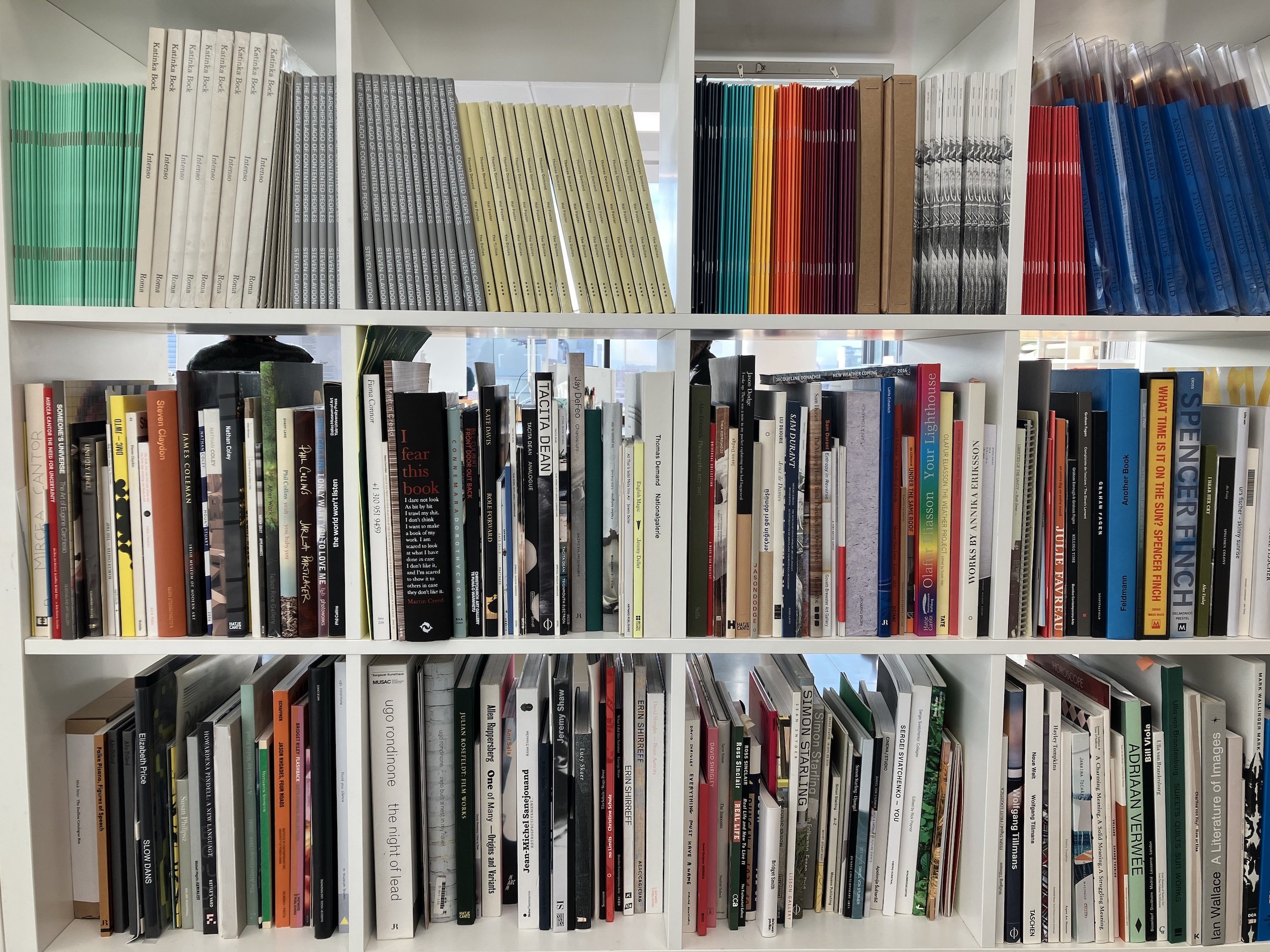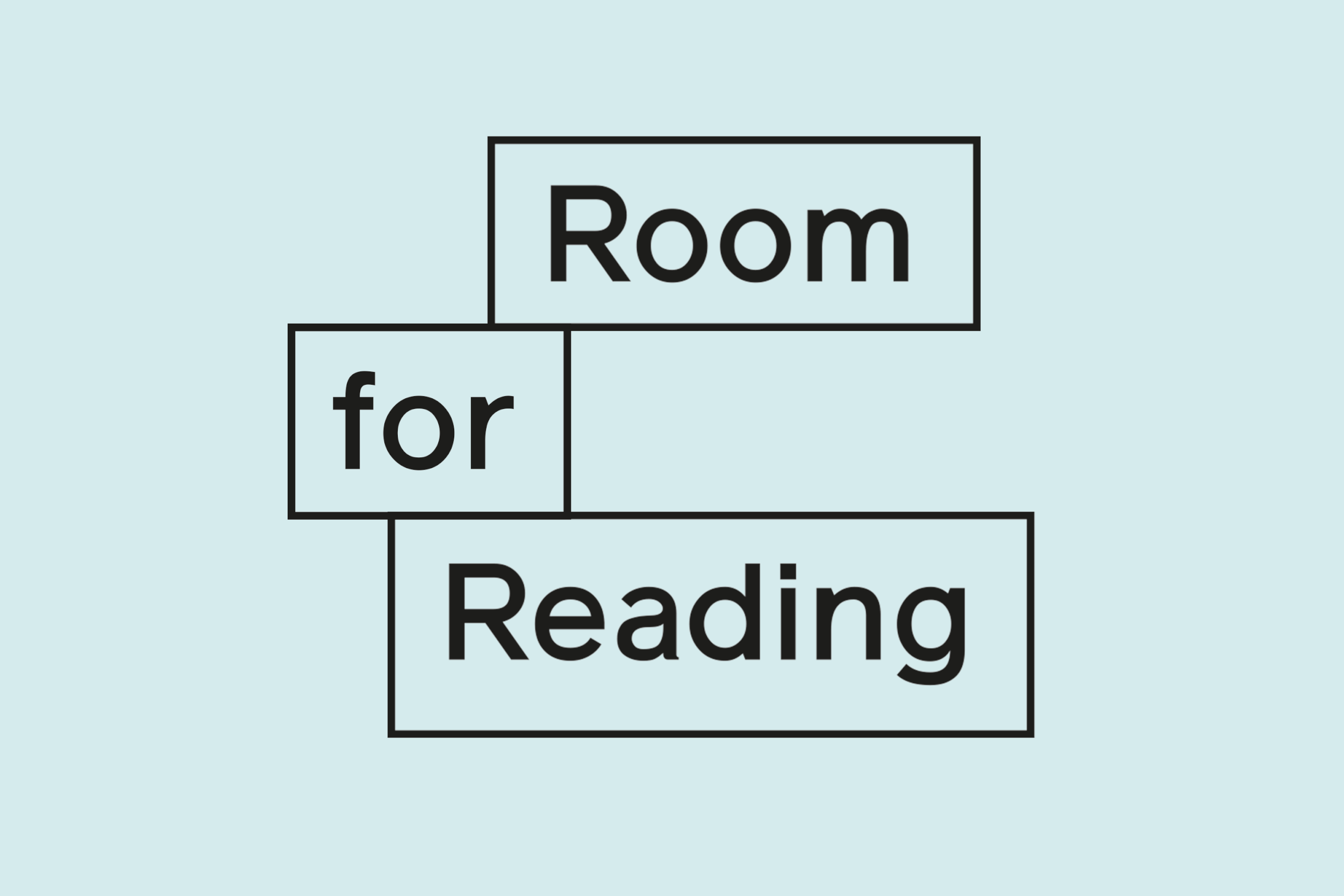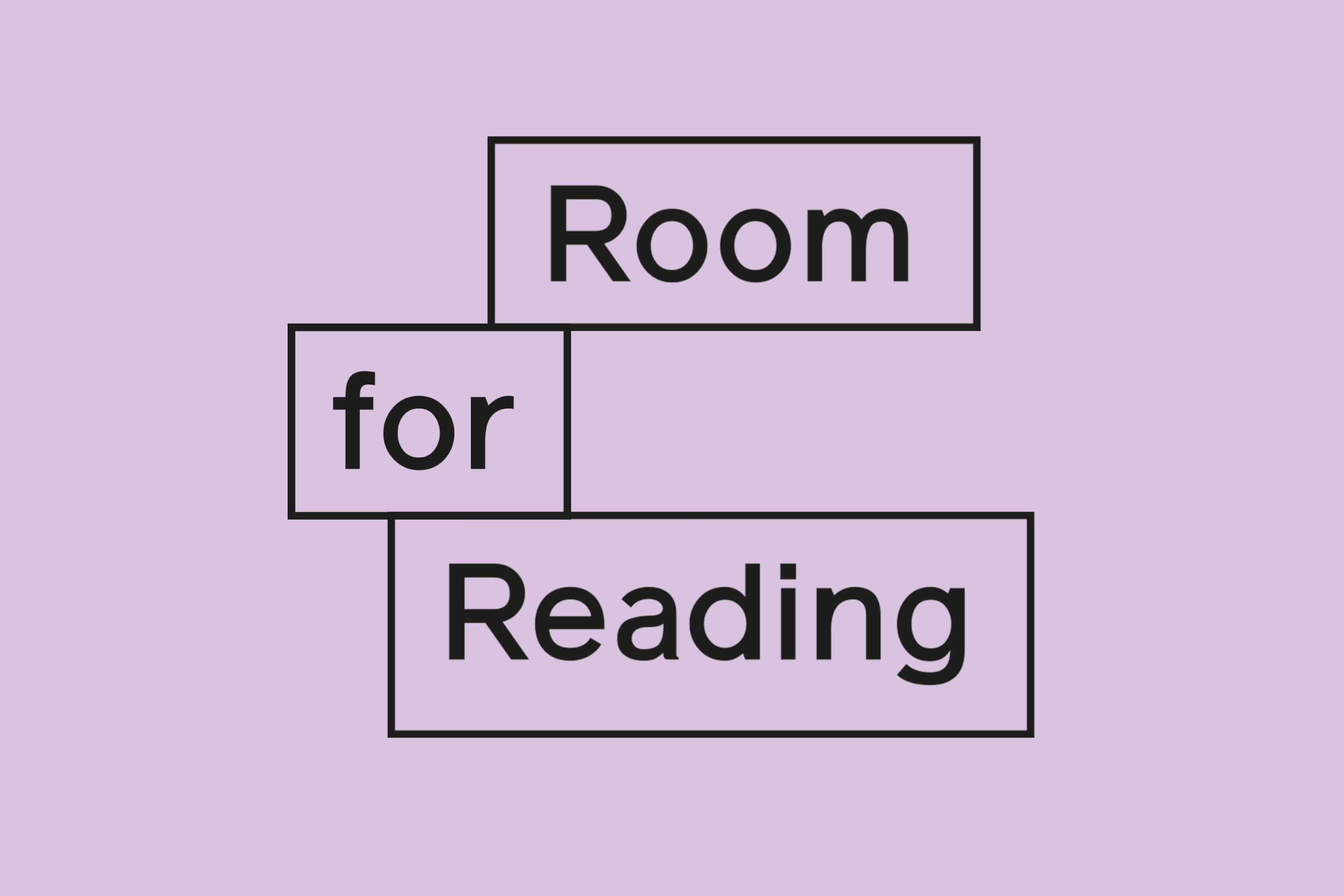As part of 'A Place for the Work and the Human Being’ our series of talks for 2019, this year’s Room for Reading features selections by invited speakers. Texts are made available as an online resource where possible.
Rémy Zaugg, ‘The Art Museum of My Dreams or A Place for the Work and the Human Being’ (1986/2013)
To start the year, Katrina Brown, Director of The Common Guild selects ‘The Art Museum of My Dreams, or, A Place for the Work and the Human Being’ by the Swiss artist Rémy Zaugg (1943 – 2005) which lends its title to our 2019 programme. First published in 1986 and translated into English by Sternberg Press in 2013, the book lays out Zaugg’s fundamental ideas on the art museum as an everyday tool for enabling an encounter between viewer and artwork.
Read Hinrich Sachs, ‘Dreaming To Point Out a Situation. An Afterword’ here.
Michel de Certeau, ‘The Practice of Everyday Life’ (1988).
To accompany her talk in March, London-based German artist Nicole Wermers has selected 'The Practice of Everyday Life' by Michel de Certeau, first published in French as 'L'invention du quotidien. Vol. 1, Arts de faire' in 1980, with an English translation following in 1984.
De Certeau is known as a philosopher of everyday life and in this book examines the multiple ways in which people individualise and reappropriate mass culture, making it their own. Describing the tactics available to the common man for reclaiming his own autonomy from the all-pervasive forces of commerce, politics, and culture, de Certeau's investigations into the realm of routine practices, or the 'arts of doing' such as walking, talking, reading, dwelling, and cooking, were guided by his belief that despite repressive aspects of modern society, an element of creative resistance exists that is invented and enacted by ordinary people.
Read ‘The Practice of Everyday Life’ here.
Georges Perec, ‘Species of Spaces and Other Pieces’ (1974); Irénée Scalbert and 6a architects, ‘Never Modern’ (2013); and Georges Perec, ‘Life: A User’s Manual’ (1978).
Architect Stephanie Macdonald has selected two books by Georges Perec: 'Species of Spaces and Other Pieces', (1974) and 'Life: A User's Manual' (1978) alongside ‘Never Modern’ (2013) by Irénée Scalbert and 6a architects.
Perec’s non-fiction collection ‘Species of Spaces and Other Pieces’ muses on topics such as the bed, the bedroom, the flat, the building, the neighbourhood, the city, the countryside, the country, Europe, the Old Continent, the New Continent, the world and space. Perec contemplates the ways we occupy the space around us with a unique perspective on commonplace items.
‘Life: A User’s Manual’, or ‘La vie: Mode d’emploi’, is Perec’s most famous novel, set in a fictitious Parisian apartment block across a single day in 1975. Focusing on the inhabitants of 11 rue Simon-Crubellier, their stories are told in 99 chapters and written following the techniques of the Oulipo group.
In the book ‘Never Modern’ on the London-based studio 6a architects, architecture critic Irénée Scalbert looks at the role of narrative, history, appropriation and craft in the work of Tom Emerson and Stephanie Macdonald. The book traces an architectural approach avoiding style, signature, theory and even concept in favour of “metis”, an ancient form of intelligence combining "flair, wisdom, forethought, subtlety of mind, deception, resourcefulness, vigilance, opportunism, varied skills, and experience”.
Read ‘Species of Spaces and Other Pieces’ here.
Read ‘Life: A User’s Manual’ here.
Read a review of ‘Never Modern’ here.
Richard Sennett, ‘Building and Dwelling’ (2019); Guy Hocquenghem, ‘The Screwball Asses’ (1973).
Curator Stefan Kalmár has selected 'The Screwball Asses' by Guy Hocquenghem, first published anonymously in Félix Guattari's 'Recherches', and 'Building and Dwelling', by Richard Sennett (2019).
‘The Screwball Asses’ appeared in a 1973 issue of ‘Recherches’, a journal which was dedicated to the subject of homosexuality and subsequently seized and destroyed by the French government. Now revered as a classic underground text by the seminal queer theorist, Hocquenghem’s ‘The Screwball Asses’ takes on the “militant delusions” of the gay liberation movement and remains a dramatic treatise on erotic desire.
In ‘Building and Dwelling’, the American sociologist Richard Sennett distils a lifetime's thinking and practical experience to explore the relationship between “the good built environment” and “the good life”. Sennett argues for the idea of an open city, one in which people learn to manage complexity, and shows how the design of cities can either enrich or diminish the everyday experience of those who dwell in them.
Read ‘The Screwball Asses’ here.
Watch Richard Sennett speak on ‘Building and Dwelling’ here.
Didier Maleuvre, ‘Museum Memroies’ (1999)'; ‘Tony Bennett ‘The Birth of the Museum: History, Theory, Politics’ (1995).
Dorothea von Hantelmann selects two books focusing on museology and the evolution of the public museum as a place for social instruction: Didier Maleuvre, 'Museum Memories' (1999) and Tony Bennet 'The Birth of the Museum: history, theory, politics' (1995).
In ‘Museum Memories’, Didier Maleuvre shows how museum culture of the 19th and 20th centuries is defined by spaces of ritual encounter with the past, manufacturing a particular image of history.
‘The Birth of the Museum: History, Theory and Politics’ by sociologist Tony Bennett investigates how nineteenth-and twentieth-century museums, fairs and exhibitions have organised their collections, and their visitors. Discussing the historical development of museums alongside that of the fair and the international exhibition, Bennett sheds new light upon the relationship between modern forms of official and popular culture.
Read a preview of ‘Museum Memories’ here.
Read ‘The Birth of the Museum: History, Theory, Politics’ here.
Ludwig Wittgenstein, ‘Culture and Value’ (1977).
Architect and designer Jamie Fobert selects Ludwig Wittgenstein, ‘Culture and Value’ (1977) to accompany his talk in the MacIntosh Queens Cross Church.
‘Culture and Value’, first published in German as ‘Vermischte Bemerkungen’ brings together the personal notes of Ludwig Wittgenstein arranged by Georg Henrik von Wright. Here, Wittgenstein's wide-ranging remarks which he gathered in notebooks throughout his life are presented chronologically. ‘Culture and Value’ gives insight to Wittgenstein’s thoughts on literature from Shakespeare to Tolstoy, as well as paying homage to his own philosophical influences.
Read ‘Culture and Value’ here.
Matrix, ‘Making Space: Women and the Man-made Environment’, (1984).
Jude Barber of Collective Architecture selects 'Making Space: Women and the Man-made Environment' by Matrix, a Feminist Design Co-operative set up in the 1980s.
First published in 1984, 'Making Space' explores the socio-political context of designing the built environment and discusses how sexual assumptions about family life and the role of women have been built into the design of our home and cities.
Read ‘Making Space: Women and the Man-made Environment’ here.
Read Nathalie Olah, 'The Forgotten Female Architects Who Changed the Face of London', Vice, 2015 here.
Edward W. Said, ‘After the Last Sky: Palestinian Lives’ (1999)
New York-based Palestinian artists Basel Abbas and Ruanne Abou-Rahme have selected 'After the Last Sky: Palestinian Lives' (1999) by Edward W. Said.
In 1983 photographer Jean Mohr was commissioned by the UN, on Edward Said’s recommendation, to take photos of some of the key sites in which Palestinians lived their lives. Because the UN allowed only minimal text to accompany the photographs, Said and Mohr decided to work together on an 'interplay', as Said put it, of Said's personal account of Palestinian suffering and exile, and Mohr's photographs.
‘After the Last Sky’ combines Said’s personal reflections—on exile, the plight of the Palestinians, how they have been represented by others, and how they struggle to represent themselves—with photographs Mohr took of Palestinians over the course of several decades.
Read The New York Times’ review of After the Last Sky here.
Paul Gilroy, ‘Against Race: Imagining Political Culture Beyond the Color Line’ (2000).
Elvira Dyangani Ose has selected 'Against Race: Imagining Political Culture Beyond the Color Line' (2000) by Paul Gilroy, a British historian, writer and academic, who is the founding Director of the Centre for the Study of Race and Racism at University College London.
'Against Race' contends that race-thinking has distorted the finest promises of modern democracy. Throughout this publication Gilroy calls for the renunciation of race and offers a new political language as well as a new moral vision for what was once called “anti-racism.”
Read ‘Against Race: Imagining Political Culture Beyond the Color Line’ here.
Luc Sante, ‘Evidence’ (1992).
Berlin-based, Canadian artist Jeremy Shaw selects Luc Sante’s 1992 photo-book ‘Evidence’ as his Room for Reading recommendation.
‘Evidence’ is an aesthetic object and historical, sociological document comprising a collection of 55 black-and-white crime scene photographs made between 1914–1918 by New York City police detectives investigating murders and suicides. Sante discovered this archive whilst researching ‘Low Life’, his history of the seamy side of old New York. These pictures are all that have survived from a former Police Headquarters clear-out in the mid-1980s when old police records were disposed of into the East River. Sante attempts to resurrect the stories behind these images and places of the past.
Watch Luc Sante speak on ‘Photographing the Invisible’ here.
Edward Hollis, ‘The Secret Lives of Buildings’, (2010); Isabell Lorey, ‘State of Insecurity’ (2015).
Our final ‘Room for Reading’ selections are drawn from the panel discussion and final public event for our ‘A Place for the Work and the Human Being’ talks series.
This event hosted at Civic House invited writer Tom Jeffreys, architect Ed Hollis, artist Ruth Ewan and writer Colm Guo-Lin Peare to reflect on the histories, themes and ideas presented by earlier speakers in the series and drawing upon propositions from Rémy Zaugg’s 1986 text, ‘The Art Museum of My Dreams’.
We have selected Edward Hollis’ book ‘The Secret Life of Buildings: From the Ruins of the Parthenon to the Vegas Strip in Thirteen Stories’ (2010). In this radical re-imagining of architectural history, Hollis tells the stories of thirteen buildings, beginning with the 'once upon a time' when they first appeared, through the years of appropriation, ruin and renovation, and ending with a temporary 'ever after'.
Colm Guo-Lin Peare has selected ‘State of Insecurity: Government of the Precarious’ (2015) by Isabell Lorey. Lorey examines how years of remodelling the welfare state, the rise of technology, and the growing power of neoliberal government apparatuses have established a society of the precarious. Lorey explores the possibilities for organisation and resistance under the contemporary status quo, and anticipates the emergence of a new and disobedient self-government of the precarious.
Artist Ruth Ewan selects David A. Morse, ‘Leisure and the arts in 1984’ from issue 391 in the New Scientist magazine and Ariella Aïsha Azoulay ‘Potential History: Unlearning Imperialism’ (2019). Azoulay argues that the institutions that make our world, from archives and museums to ideas of sovereignty and human rights to history itself, are all dependent on imperial modes of thinking. But by practicing what she calls potential history, Azoulay argues that we can still refuse the original imperial violence that shattered communities, lives, and worlds, from native peoples in the Americas at the moment of conquest to the Congo ruled by Belgium's brutal King Léopold II, from dispossessed Palestinians in 1948 to displaced refugees in our own day.
Read ‘The Secret Lives of Buildings’ here.
Read an excerpt from ‘State of Insecurity’ here.
Read ‘Potential History: Unlearning Imperialism’ here.
Read ‘Leisure and the arts in 1984’ here.
Details
Room for Reading is a space to engage with research related to our programme as recommended by the artists and collaborators we work with at The Common Guild.
Books are suggested in conjunction with our exhibitions and projects.


















